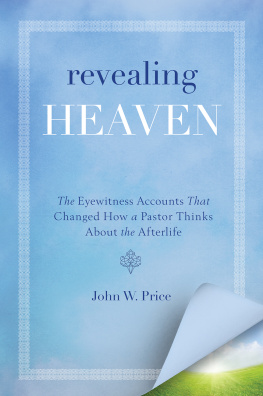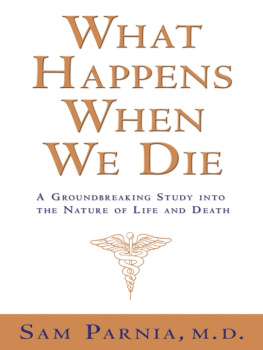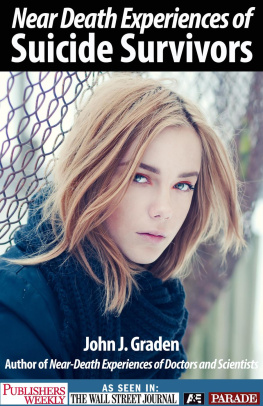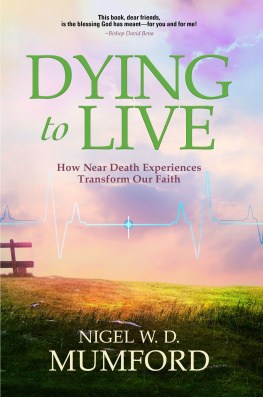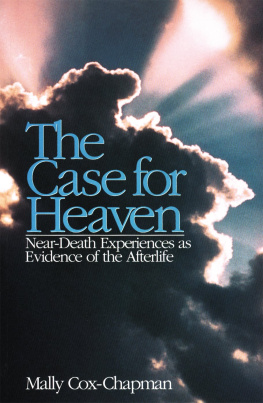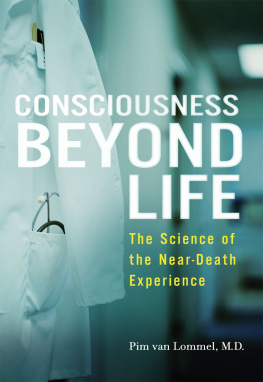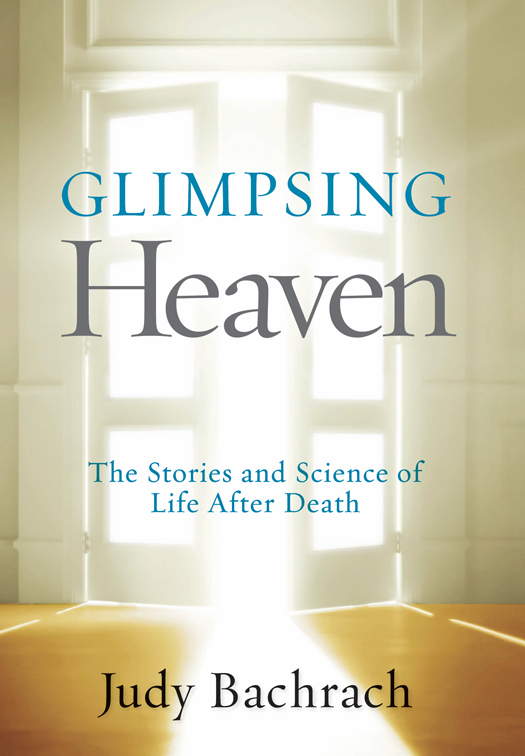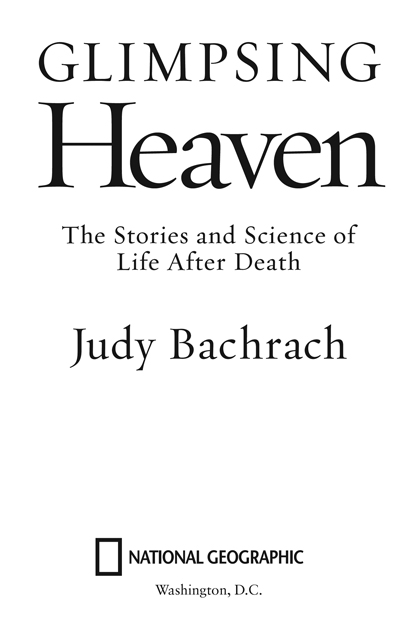Published by the National Geographic Society
1145 17th Street N.W., Washington, D.C. 20036
Copyright 2014 Judy Bachrach. All rights reserved. Reproduction of the whole or any part of the contents without written permission from the publisher is prohibited.
ISBN 978-1-4262-1370-0 (hardcover)
ISBN 978-1-4262-1514-8 (paperback)
eBook ISBN: 978-1-4262-1371-7

The National Geographic Society is one of the worlds largest nonprofit scientific and educational organizations. Its mission is to inspire people to care about the planet. Founded in 1888, the Society is member supported and offers a community for members to get closer to explorers, connect with other members, and help make a difference. The Society reaches more than 450 million people worldwide each month through National Geographic and other magazines; National Geographic Channel; television documentaries; music; radio; films; books; DVDs; maps; exhibitions; live events; school publishing programs; interactive media; and merchandise. National Geographic has funded more than 10,000 scientific research, conservation, and exploration projects and supports an education program promoting geographic literacy.
For more information, visit www.nationalgeographic.com.
National Geographic Society
1145 17th Street N.W.
Washington, D.C. 20036-4688 U.S.A.
For rights or permissions inquiries, please contact National Geographic Books Subsidiary Rights:
Interior design: Katie Olsen
v3.1
For Dick and Noah and Sam
Do such moments really mean, as they seem to, that we have a life of happiness with which we only occasionally, knowingly, intersect? Do they shed such light before and after that all that has happened to us in our livesor that weve made happencan be dismissed?
Alice Munro
The Moon in the Orange Street Skating Rink
CONTENTS
CHAPTER ONE
The Light Is What Happens
CHAPTER TWO
Struck by Lightning
CHAPTER THREE
What Are Death Experiences?
CHAPTER FOUR
Bliss
CHAPTER FIVE
Hell or Something Like It
CHAPTER SIX
Those We Meet
CHAPTER SEVEN
With or Without God
CHAPTER EIGHT
Unasked-For Gifts: The Knowing and the Powers
CHAPTER NINE
Going Home
INTRODUCTION
I N THE LATE 80s, I started volunteering at a neighborhood hospice in Washington, D.C.and it wasnt only because one of my close friends, a young mother with two children, was dying of cancer far away in California. That was the story I told people, that I was doing it for June, but it was half true. Maybe not even that.
The real story, the whole story is a bit simpler: I decided to tend to the dying because I was afraid not just of death itself (although certainly that too) but fearful of those who were facing death and also really panicked whenever I saw a corpse, which admittedly, hadnt been all that often. And I thought the best way of overcoming that fear was by confronting itand themtwice a week every week. Those dying patients were the future: frail, suffering, most of them, impermanent disintegrating tenants of the only world we knew. My therapist tells me that it was a terrible idea, confronting the thing I feared most, that fear can only be conquered by engaging the source of terror very gradually.
But I didnt engage. I jumped in.
If you had asked me then what I thought might happen to these temporary beings after they stopped being, I would have answered flatly and with enormous assurance, as so many of those interviewed for this book once answered: Nothing. Nothing at all happens when youre dead. Your body decays, goes back to the earth, and thats about the sum of it. When I looked at the empty corpse of a former patient, dead on a hospice bed for perhaps an hour or so, I thought the same: I was gazing at a shell, something vacant and horrifying. The real person had left earlier, perhaps before my shift, and that real person was no longer.
In fact, the hospice where I first started working did ask me on a questionnaireWhat do you think happens when you die? On the form, I tried for a perky but modulated response, one that would make me sound moderately sane:
I have absolutely no idea what will happen when I die. But I know for a fact that someday Ill find out. Or not.
I wasnt looking forward to that day. I didnt respect death, as I now do.
I am a journalist, have been since age 22, and if theres one thing Ive learned, its not to trust anyone completely on any subject they havent either witnessed or experienced (and even then ). Also, I come from a family in which death, when it was discussed, which certainly wasnt often, was generally considered a state with no options. It was what it was: the faceless all-conquering enemy. When, for example, my mother was diagnosed with Alzheimers, which occurred some six years ago, my first question to the diagnosing physician was not How do we handle this?which would have been sensible and intelligent because, trust me, its a really hard disease to handle, and even I knew as much at the time. My question was: How long before she dies? Because that to me just then was the absolutely worst thing that could happen.
It was, for that matter, for my mother as well. Like her, I believed nothing was nothing. You couldnt embroider a vacuum, and those who tried, who preferred to spin elaborate gold-threaded tales about an afterlife stuffed with angels and large family reunions were simply to be pitied. As a matter of fact, if there were two elements I hoped (and hope still) never to encounter after death, it would have had to be (1) angels and (2) large family reunions.
But then I began researching this book, at the very time my mother was struggling to retain a foothold on sanity and on life. And I began contemplating the stories I heard, not simply from those who had endured death and returned, but also from those whose business it is to research, examine, and catalog such experiences. It would be easy to surmise that the approach of a close relatives death made me anxious for consolation, and maybe thats why I came to put a lot of stock in some of these experiences and also in the conclusions of the scientists who study them, but I promise youthat isnt me. Belief just isnt in my DNA.
In any case, this book has nothing to do with belief. On this subjectthe issue of recollection of incidents or images or encounters that could only have occurred or been seen during clinical deaththere are simply, as some of the doctors and scientists Ive interviewed point out, too many experiencers and too many experiences to discount.
What you are about to read, then, are the chronicles not necessarily of what used to be called near-death experiencers, but of three categories of people: those who have actually died, however briefly; those who have observed the deadand then, when the dead were revived, listened to their accounts of what they say occurred during that time and found them accurate; and finally, those who examine and research what we are now being told is going on after life is extinguishedthe Galileos, I call them, because their voices arent often heard, or if heard, are dismissed, their views often causing them enormous pain, the derision of colleagues, loss of tenure.


